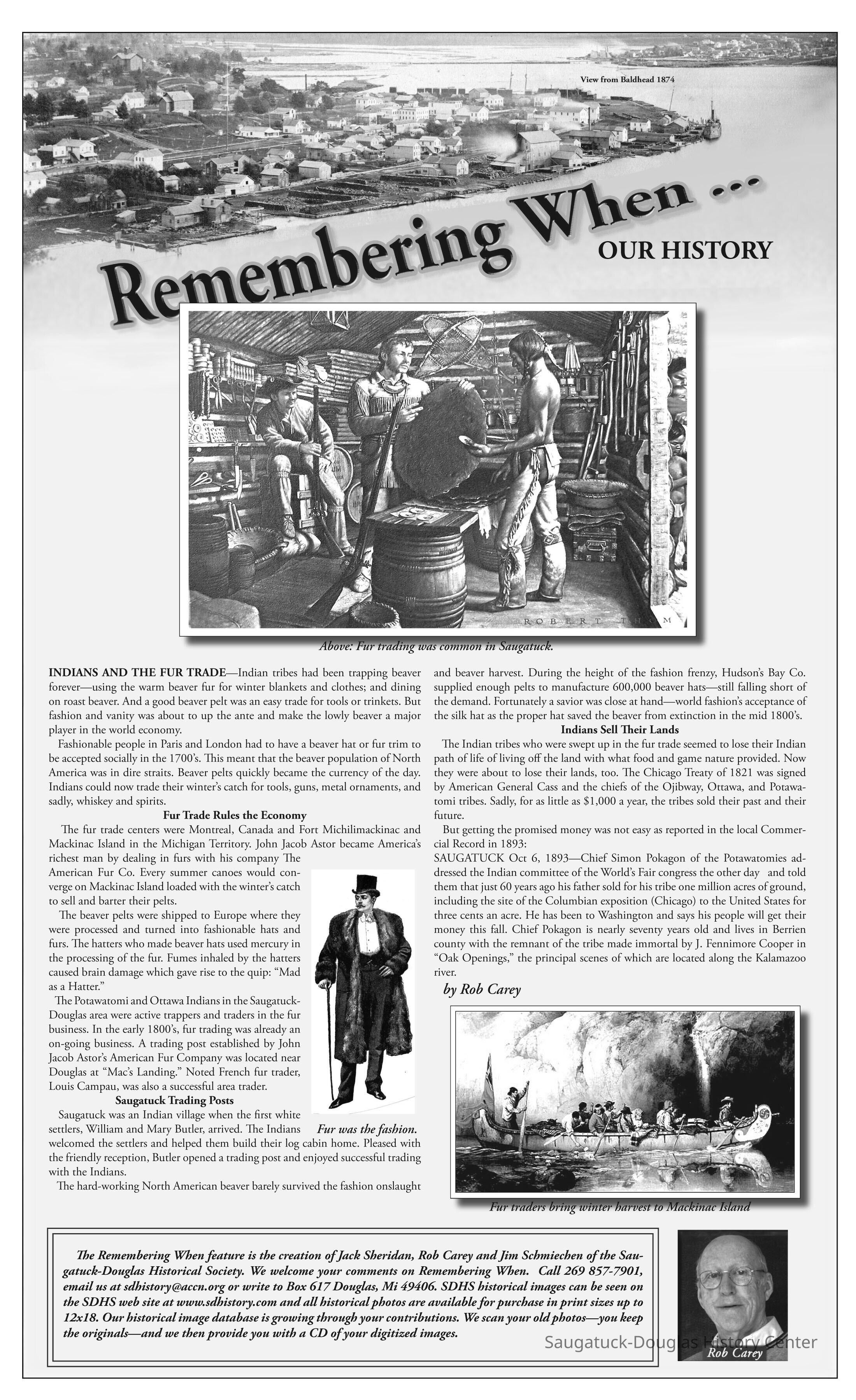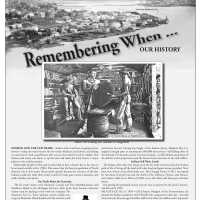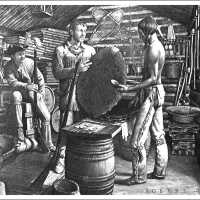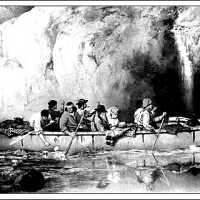Indians and the Fur Trade

2021.87.79
INDIANS AND THE FUR TRADE—Indian tribes had been trapping beaver forever—using the warm beaver fur for winter blankets and clothes; and dining on roast beaver. And a good beaver pelt was an easy trade for tools or trinkets. But fashion and vanity was about to up the ante and make the lowly beaver a major player in the world economy. Fashionable people in Paris and London had to have a beaver hat or fur trim to be accepted socially in the 1700’s. This meant that the beaver population of North America was in dire straits. Beaver pelts quickly became the currency of the day. Indians could now trade their winter’s catch for tools, guns, metal ornaments, and sadly, whiskey and spirits. Fur Trade Rules the Economy The fur trade centers were Montreal, Canada and Fort Michilimackinac and Mackinac Island in the Michigan Territory. John Jacob Astor became America’s richest man by dealing in furs with his company The American Fur Co. Every summer canoes would converge on Mackinac Island loaded with the winter’s catch to sell and barter their pelts. The beaver pelts were shipped to Europe where they were processed and turned into fashionable hats and furs. The hatters who made beaver hats used mercury in the processing of the fur. Fumes inhaled by the hatters caused brain damage which gave rise to the quip: “Mad as a Hatter.” The Potawatomi and Ottawa Indians in the Saugatuck-Douglas area were active trappers and traders in the fur business. In the early 1800’s, fur trading was already an on-going business. A trading post established by John Jacob Astor’s American Fur Company was located near Douglas at “Mac’s Landing.” Noted French fur trader, Louis Campau, was also a successful area trader. Saugatuck Trading Posts Saugatuck was an Indian village when the first white settlers, William and Mary Butler, arrived. The Indians welcomed the settlers and helped them build their log cabin home. Pleased with the friendly reception, Butler opened a trading post and enjoyed successful trading with the Indians. The hard-working North American beaver barely survived the fashion onslaught and beaver harvest. During the height of the fashion frenzy, Hudson’s Bay Co. supplied enough pelts to manufacture 600,000 beaver hats—still falling short of the demand. Fortunately a savior was close at hand—world fashion’s acceptance of the silk hat as the proper hat saved the beaver from extinction in the mid 1800’s. Indians Sell Their Lands The Indian tribes who were swept up in the fur trade seemed to lose their Indian path of life of living off the land with what food and game nature provided. Now they were about to lose their lands, too. The Chicago Treaty of 1821 was signed by American General Cass and the chiefs of the Ojibway, Ottawa, and Potawatomi tribes. Sadly, for as little as $1,000 a year, the tribes sold their past and their future. But getting the promised money was not easy as reported in the local Commercial Record in 1893: SAUGATUCK Oct 6, 1893—Chief Simon Pokagon of the Potawatomies addressed the Indian committee of the World’s Fair congress the other day and told them that just 60 years ago his father sold for his tribe one million acres of ground, including the site of the Columbian exposition (Chicago) to the United States for three cents an acre. He has been to Washington and says his people will get their money this fall. Chief Pokagon is nearly seventy years old and lives in Berrien county with the remnant of the tribe made immortal by J. Fennimore Cooper in “Oak Openings,” the principal scenes of which are located along the Kalamazoo river. by Rob Carey
Remembering WhenWilliam (Bill) Simmons0001 Anishinabek/Ojibwe/Odawa/Bodéwadmi1800 Fur Trading
Winthers, Sally
Digital data in CatalogIt
Carey, Rob 1928-2019Sheridan, John "Jack" O. 1938-Schmiechen, James A.Butler, William Gay 1799-1857Pokagon, Chief SimonCampau, Louis 1791-1871
Local Observer
01/01/2022
01/15/2025



